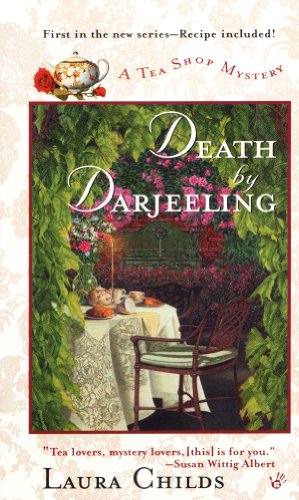In 1929, Golden Age mystery writer and monsignor of the Catholic Church Ronald Knox formulated 10 rules that he believed should set apart proper detective fiction from what he considered “shockers”, works that primarily dealt with heroes fighting criminal enterprises rather than detectives attempting to solve a mystery. Called Knox’s Commandments, these rules would quickly become the standing guidelines for the Detection Club, which I discussed in my previous post. Other sets of similar guidelines would emerge in the era – such as S.S. Van Dines’s “Twenty Rules for Writing Detective Stories”, actually published before Knox’s own Commandments – but it would be Knox’s rules that would by and large dominate the Golden Age of Crime, supported as it was by the Detection Club (which included Agatha Christie) and its roster of talented mystery writers.
Even Knox never expected full compliance with the rules he set out – he freely admitted that some truly worthy mystery works would occasionally break the rules and end up the better for it – but by and large these were considered a good set of guidelines, and authors would stray from them at their own peril. In my next post in this series, I intend to go through Knox’s Commandments one by one and discuss how they either apply or no longer apply in mystery fiction. For now, I’ll just post the Commandments themselves for your consideration.
Keep in mind that these rules were written in a very different time – since the rules are dated, some of the rules are phrased in a way that makes them very uncomfortable to modern sensibilities, though they wouldn’t have been considered out of place in the era they were written. I’ll discuss some of them in more detail in my next post in this series.
Knox’s Commandments:
- The criminal must be someone mentioned in the early part of the story, but must not be anyone whose thoughts the reader has been allowed to follow.
- All supernatural or preternatural agencies are ruled out as a matter of course.
- Not more than one secret room or passage is allowable.
- No hitherto undiscovered poisons may be used, nor any appliance which will need a long scientific explanation at the end.
- No Chinaman must figure in the story. (I told they were dated!)
- No accident must ever help the detective, nor must he ever have an unaccountable intuition which proves to be right.
- The detective must not himself commit the crime.
- The detective must not light on any clues which are not instantly produced for the inspection of the reader.
- The stupid friend of the detective, the Watson, must not conceal any thoughts which pass through his mind; his intelligence must be slightly, but very slightly, below that of the average reader.
- Twin brothers, and doubles generally, must not appear unless we have been duly prepared for them.
Knox’s Commandments – The 10 Rules of Golden Age Detective Fiction, Part 2

